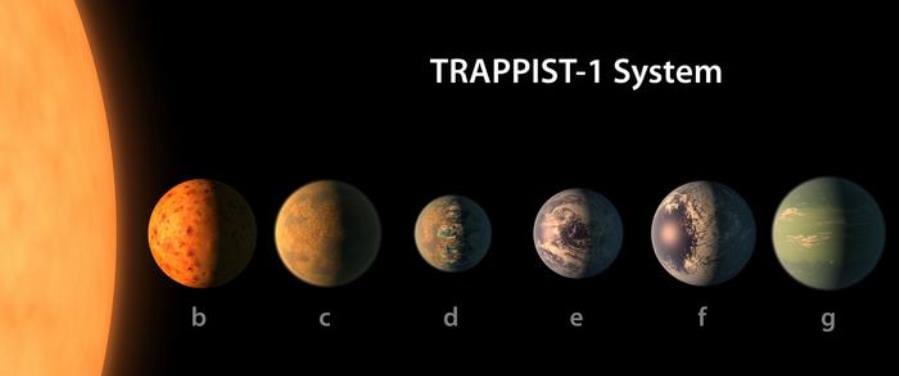The good space knowing people of NASA announced overnight the discovery of not one or two, but seven earth-sized planets orbiting a single star in what’s called the Trappist -1 System.
The system has been named after the Belgian operated telescope in Chile where the it was discovered in 2016 with the observation of two of the planets. Further observations by NASA’s Spitzer Space Telescope revealed five more planets.
The findings have been published this week in Nature. Check out the video above.
So what do you need to know about these new planets? Well NASA says depending on conditions all seven of the plants could have their own clean water, that means there is a very good chance that they could have their own form of life, with three of them in particular orbiting in the so-called ‘habitable zone’ conducive to conditions for life as on Earth.
The planets are also so close together that if you were standing on one of them you would see some of the others large and clear in the sky.
Travellers, don’t get too excited just yet: the planets are about 40 light years away so with current rockets it would take about half a million years to reach them – that’s about twice as long as human existence just on this planet.
So we won’t be visiting any time soon; just looking from afar, which can still tell us a lot.
NASA says the next step for them is to begin researching and deducing the oxygen levels of the planets.
With Cameron Jenkins








 Explore top-rated compensation lawyers in Brisbane! Offering expert legal help for your claim. Your victory is our priority!
Explore top-rated compensation lawyers in Brisbane! Offering expert legal help for your claim. Your victory is our priority! 

 "
"


